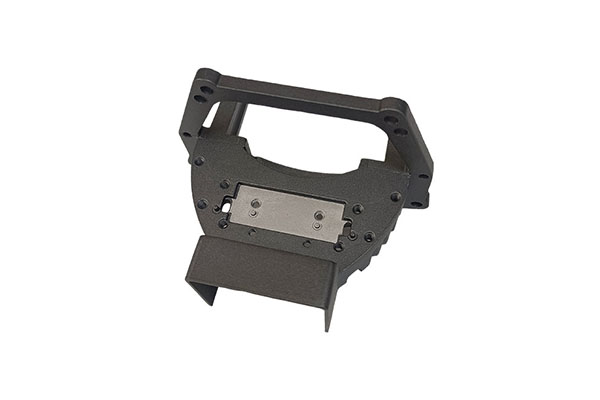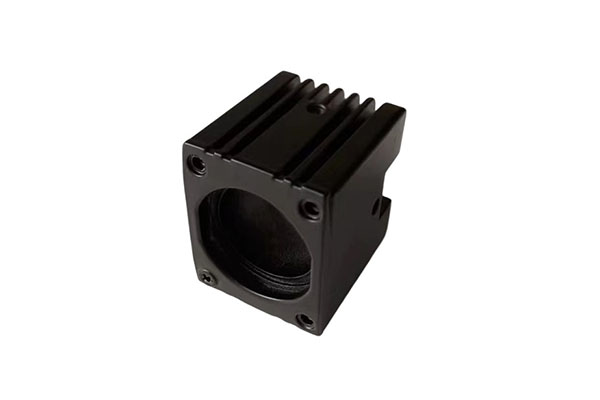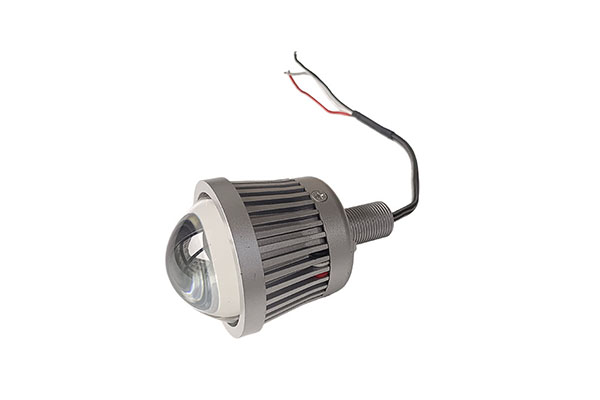How to optimize the visibility of smart device panels under different lighting conditions?
Release Time : 2025-04-28
In today's digital age, as a core component of information interaction, the visibility of smart device panels directly affects the user experience. Whether in strong outdoor light or dim indoor environments, optimizing the visibility of smart device panels is one of the key factors in improving user satisfaction. In order to ensure a clear and comfortable visual experience under various lighting conditions, manufacturers are constantly exploring and applying new technologies and materials.
First of all, increasing screen brightness is one of the most direct and effective solutions. High-brightness screens can maintain good visibility under strong direct sunlight. However, simply increasing brightness is not a panacea, because excessive brightness not only accelerates battery consumption, but also may cause discomfort to the eyes. Therefore, modern smart devices are usually equipped with ambient light sensors that can detect the intensity of surrounding light in real time and automatically adjust the screen brightness to the optimal level. In this way, the screen content can be clearly read in bright environments, and eye fatigue can be reduced in darker environments, achieving a balance between energy saving and comfort.
In addition to brightness adjustment, improving screen contrast is also an important means to optimize visibility. High-contrast screens can clearly display details even in complex lighting environments, making text and images sharper and more vivid. Especially for self-luminous technologies such as OLED, the independent light emission of each pixel makes black purer and white brighter, greatly improving the contrast performance. In this way, the screen content appears particularly vivid in any lighting conditions, enhancing the user's sense of immersion.
The application of anti-reflective coatings should also not be ignored. Under strong sunlight or light, ordinary screen surfaces are prone to reflections, which affects the viewing effect. Specially treated anti-reflective coatings can effectively reduce interference caused by external light sources, so that the screen remains clearly visible. This type of coating not only reduces reflectivity, but also enhances light transmittance, making the screen color more realistic and natural. In addition, some high-end products will also use multi-layer coating technology to further improve anti-glare performance, even when the midday sun is the strongest, it can easily cope with it.
Advances in color calibration technology have also contributed to improved visibility. Under different lighting conditions, the human eye's perception of color will change. To solve this problem, some smart devices have built-in advanced color management systems, which can dynamically adjust the screen color temperature and color saturation according to the current ambient light conditions to adapt to the visual habits of the human eye. For example, when used at night, the system will automatically switch to warm color mode to reduce the impact of blue light on sleep; and during the day, it will return to normal color temperature to ensure color accuracy.
Finally, design considerations cannot be ignored. Narrow borders or even borderless designs are not only beautiful, but more importantly, they reduce the reflection problem that may occur in the edge area. At the same time, the curved screen design also improves the visibility from the side view to a certain extent due to its unique optical properties, allowing users to enjoy a consistent visual experience from all angles.
In summary, optimizing the visibility of smart device panels under different lighting conditions requires the comprehensive use of multiple technologies and strategies. From brightness control, contrast enhancement, anti-reflection processing at the hardware level to color calibration at the software level, every link is working hard to provide users with a more friendly and convenient operating interface. With the continuous development of science and technology, more innovative methods and technologies will appear in the future to solve this challenge, so that smart devices can show the best visual effects anytime and anywhere. This is not only a pursuit of technological limits, but also to satisfy people's yearning for high-quality life.
First of all, increasing screen brightness is one of the most direct and effective solutions. High-brightness screens can maintain good visibility under strong direct sunlight. However, simply increasing brightness is not a panacea, because excessive brightness not only accelerates battery consumption, but also may cause discomfort to the eyes. Therefore, modern smart devices are usually equipped with ambient light sensors that can detect the intensity of surrounding light in real time and automatically adjust the screen brightness to the optimal level. In this way, the screen content can be clearly read in bright environments, and eye fatigue can be reduced in darker environments, achieving a balance between energy saving and comfort.
In addition to brightness adjustment, improving screen contrast is also an important means to optimize visibility. High-contrast screens can clearly display details even in complex lighting environments, making text and images sharper and more vivid. Especially for self-luminous technologies such as OLED, the independent light emission of each pixel makes black purer and white brighter, greatly improving the contrast performance. In this way, the screen content appears particularly vivid in any lighting conditions, enhancing the user's sense of immersion.
The application of anti-reflective coatings should also not be ignored. Under strong sunlight or light, ordinary screen surfaces are prone to reflections, which affects the viewing effect. Specially treated anti-reflective coatings can effectively reduce interference caused by external light sources, so that the screen remains clearly visible. This type of coating not only reduces reflectivity, but also enhances light transmittance, making the screen color more realistic and natural. In addition, some high-end products will also use multi-layer coating technology to further improve anti-glare performance, even when the midday sun is the strongest, it can easily cope with it.
Advances in color calibration technology have also contributed to improved visibility. Under different lighting conditions, the human eye's perception of color will change. To solve this problem, some smart devices have built-in advanced color management systems, which can dynamically adjust the screen color temperature and color saturation according to the current ambient light conditions to adapt to the visual habits of the human eye. For example, when used at night, the system will automatically switch to warm color mode to reduce the impact of blue light on sleep; and during the day, it will return to normal color temperature to ensure color accuracy.
Finally, design considerations cannot be ignored. Narrow borders or even borderless designs are not only beautiful, but more importantly, they reduce the reflection problem that may occur in the edge area. At the same time, the curved screen design also improves the visibility from the side view to a certain extent due to its unique optical properties, allowing users to enjoy a consistent visual experience from all angles.
In summary, optimizing the visibility of smart device panels under different lighting conditions requires the comprehensive use of multiple technologies and strategies. From brightness control, contrast enhancement, anti-reflection processing at the hardware level to color calibration at the software level, every link is working hard to provide users with a more friendly and convenient operating interface. With the continuous development of science and technology, more innovative methods and technologies will appear in the future to solve this challenge, so that smart devices can show the best visual effects anytime and anywhere. This is not only a pursuit of technological limits, but also to satisfy people's yearning for high-quality life.







